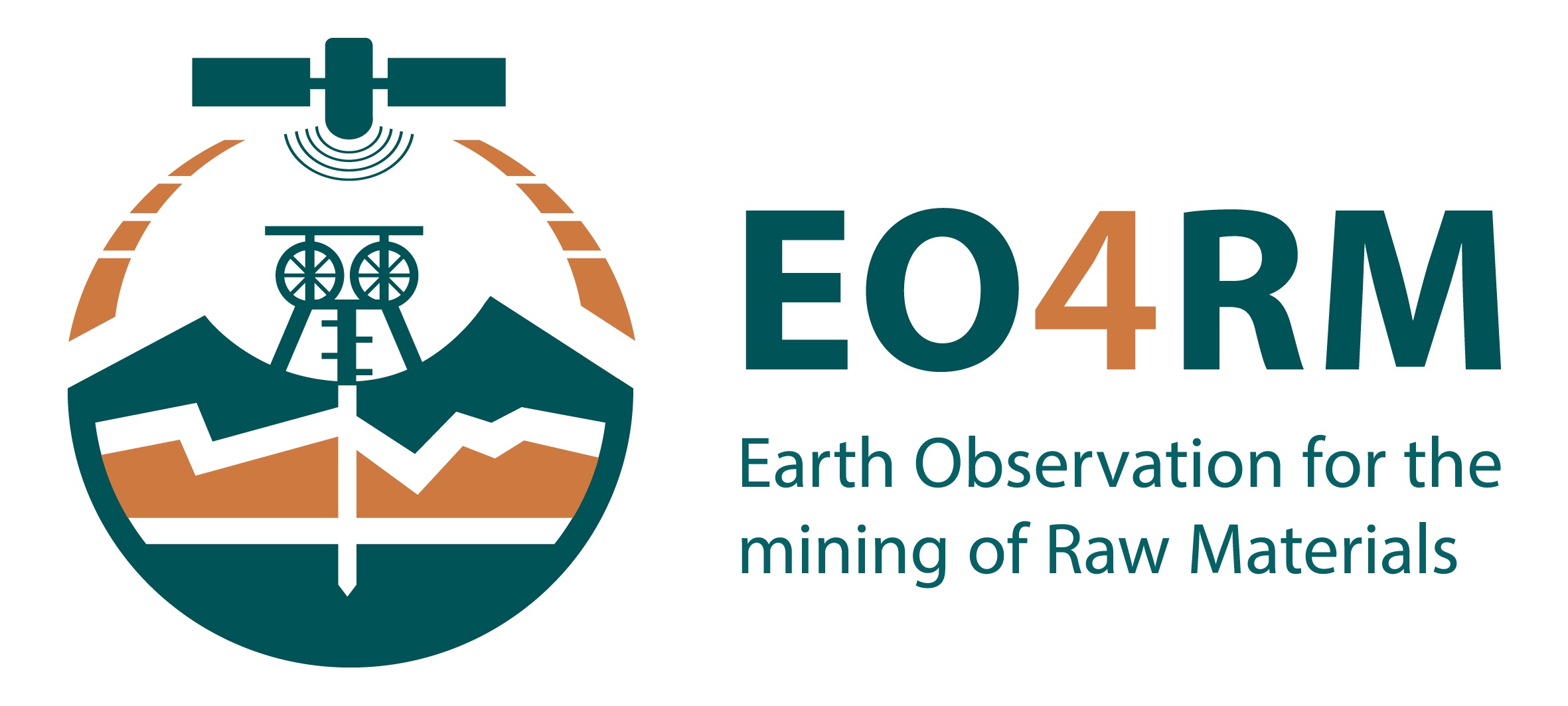Infrastructure Stability Monitoring | ||||||||
Tailings dam collapse in Kolontár, Hungary | ||||||||
PRODUCT DESCRIPTION | ||||||||
Category | ||||||||
|
| |||||||
Uses | ||||||||
| Monitoring the stability/deformations of (critical) assets and infrastructure | ||||||||
Challenges addressed | ||||||||
| ||||||||
Geo-information needs | ||||||||
| ||||||||
Description | ||||||||
This product provides information on the stability/deformations of infrastructure and assets, based on the satellite-based InSAR (Interferometric Synthetic Aperture Radar) technique. It provides mm-precise measurements over large areas on a weekly-monthly basis and can serve as scanning tool for the whole mine and its direct environment. Depending on the satellite, up to 100,000 measurements per km2 can be obtained. Typical mining applications of this product are monitoring the stability of tailings storage facilities, waste rock dumps, pit slopes, transport roads, buildings and the environment of the mine, both during and after operation. The advantages are that critical infrastructure can be monitored on a regular basis, in a fully automated manner and without human intervention, and that a complete view can be obtained of the deformations in the mining area and its direct environment. Furthermore, by using satellites, a uniform data format and quality can be obtained over all mines in the portfolio. This technique is based on radar images from various radar satellites. The products from these satellites differ in terms of number of measurements per km2, measurement frequency, price (free vs. paid imagery) and availability. In most locations worldwide, there is imagery available dating back to 2015 and for some locations even back to 1992. Therefore, it is easy to obtain a baseline of the deformations in the mine and thereby context of what is or has been happening. By using multiple satellites, vertical as well as horizontal (in the east-west direction) movements can be tracked. Depending on the specific application, triggers can be implemented to warn the infrastructure owner if the structure is at risk of failing. This allows for both intervening before a potential accident and a more precise planning of long-term maintenance. | ||||||||
Known restrictions / limitations | ||||||||
The highest measurement frequency that current satellites can obtain is once per couple of days, which could be too low for certain applications. If the deformations leading up to a failure can occur in the timespan of minutes/hours rather than days, it is better to use another system for intervention purposes. The satellite’s ability to measure is dependent on the reflectivity characteristics of the surface. For some specific locations/cases, the satellite might not be able to obtain the requested measurements. | ||||||||
Lifecycle stage and demand | ||||||||
Exploration | Environmental Assessment and Permitting | Design, Construction and Operations | Mine Closure and Aftercare | |||||
■ | ■■■■ | ■■■■■ | ||||||
Environmental Assessment & Permitting:
Design, Construction & Operations:
Mine Closure & Aftercare:
| ||||||||
Geographic coverage | ||||||||
| Global coverage | ||||||||
EARSC Thematic Domain | ||||||||
Domain | Built Environment | |||||||
| Sub-domain | Infrastructure | |||||||
| Product description | Asset Infrastructure Monitoring | |||||||
PRODUCT SPECIFICATIONS | ||||||||
Input data sources | ||||||||
| Satellite | Sentinel-1 | TerraSAR-X | RadarSat-2 | COSMO-SkyMed | ||||
| Status | In operation | In operation | In operation | In operation | ||||
| Operator | ESA | Airbus Defence & Space | MDA | e-Geos | ||||
| Data availability | Public | Commercial, on demand | Commercial, on demand | Commercial, on demand | ||||
| Resolution (m) | 20x4 | 3x3 or 1x1 | 25x7 or 5x5 or 3x3 | 3x3 or 1x1 | ||||
| Coverage | Global | Global | Global | Global | ||||
| Frequency (days) | 6-12 | 11 | 24 | 4-16 | ||||
| Launch year | 2014 | 2007 | 2007 | 2007 | ||||
Website | link | link | link | link | ||||
Minimum Mapping Unit (MMU) | ||||||||
The satellite can detect very small features (~decimeters), provided that objects and/or surfaces of interest reflect well enough. Generally, solid, stable, angular objects are the best reflectors. | ||||||||
Accuracy / constraints | ||||||||
Thematic accuracy: The technique works best on solid, stable, angular objects like infrastructure, buildings, solid rock, etc. Water cannot be measured and vegetated surfaces are more difficult to measure. Spatial accuracy: Dependent on the satellite resolution. The measurement can be located on sub-pixel level, typically in the order of 1-5 meters. Measurement accuracy: The deformation/movement of the infrastructure can be determined with a precision of around 1 mm/yr. | ||||||||
Accuracy assessment approach & quality control measures | ||||||||
The quality is assessed by automated, thoroughly tested, quality control algorithms, delivering validated results. The quality of the product and the approach taken are described in an automatically-generated report, ensuring high quality and reproducibility. | ||||||||
Frequency / timeliness | ||||||||
Observation frequency: Depending on the satellite, varying from once per 4 days to once per 24 days. Timeliness of delivery: Depending on the satellite provider, the service provider and the type of application, within 1-5 working days. | ||||||||
Availability | ||||||||
| ||||||||
Delivery / output format | ||||||||
| ||||||||
USE CASE | ||||||||
Rotterdam – The Netherlands (Source: Sensar) Monitoring the A15 highway in the Netherlands for Strukton. Strukton has a contract with the Dutch government to maintain the highway for the coming 20 years. By using InSAR they are able to monitor the stability of the highway and the structures around it more easily, reliably, and cost-effectively. A comparison with conventional measurement techniques showed similar results, but using InSAR allows them to get a picture of the complete area they are responsible for, without having to send (expensive) personnel into the field. | ||||||||



This page has no comments.